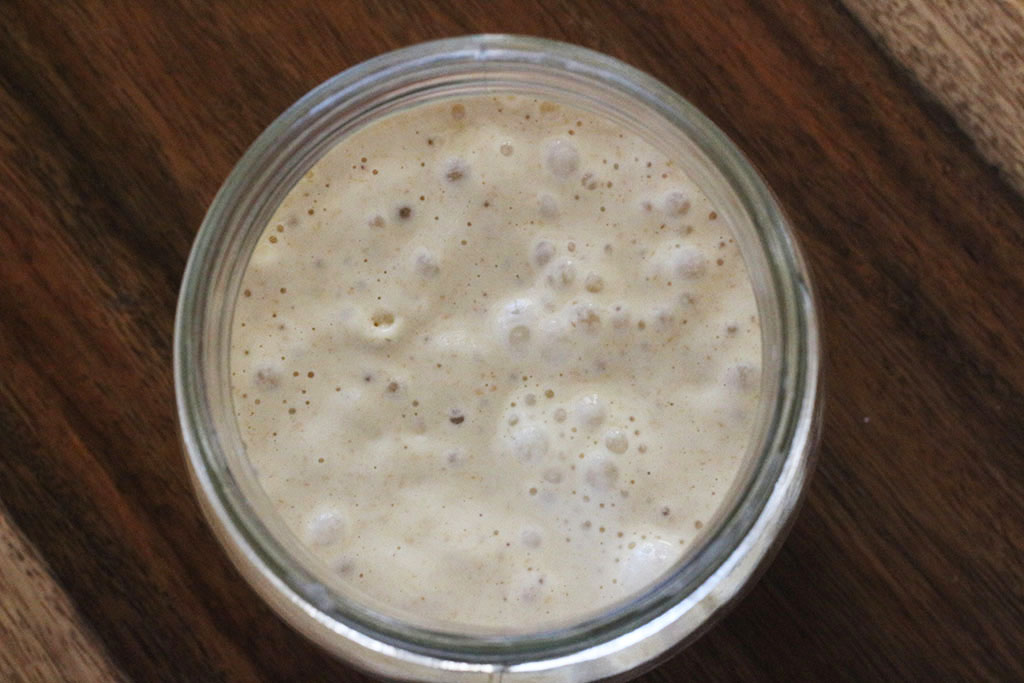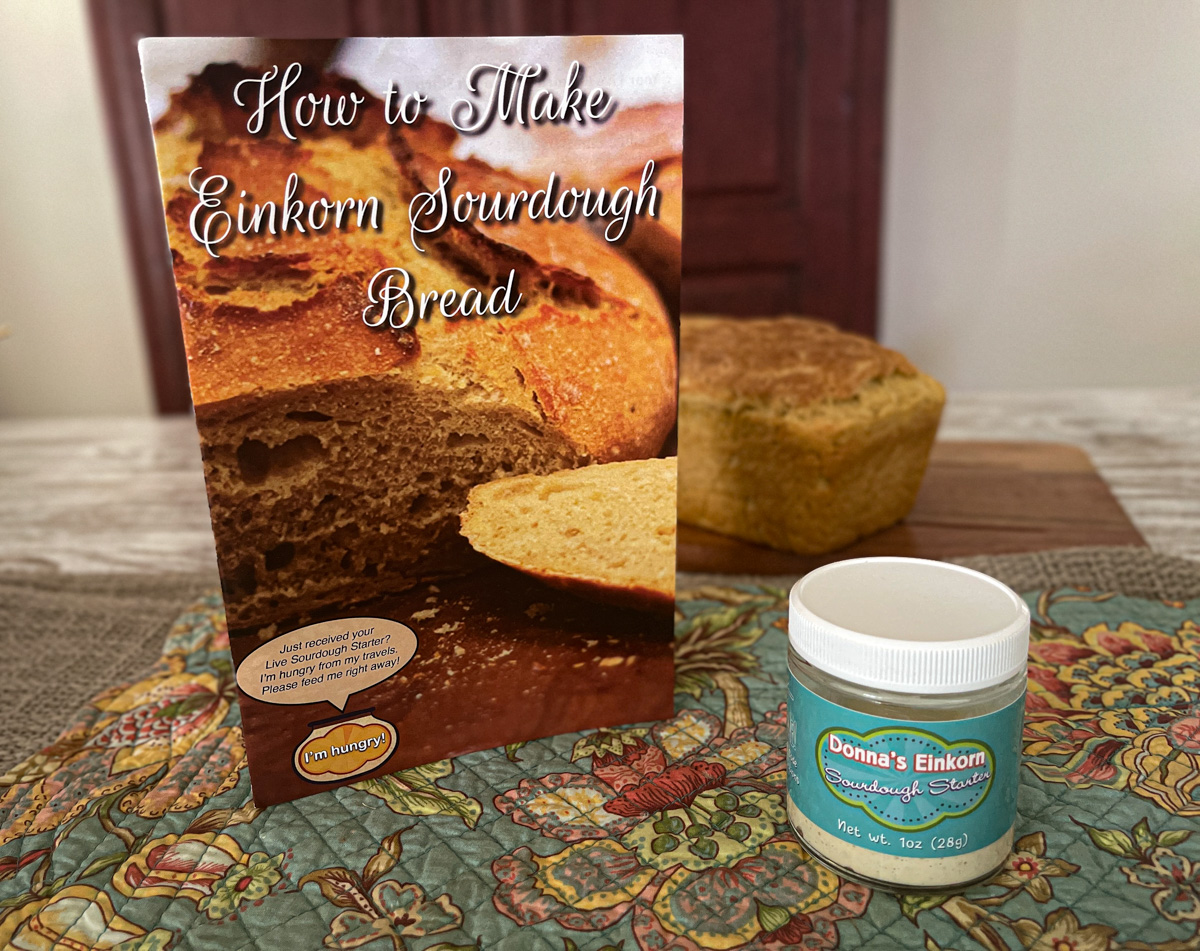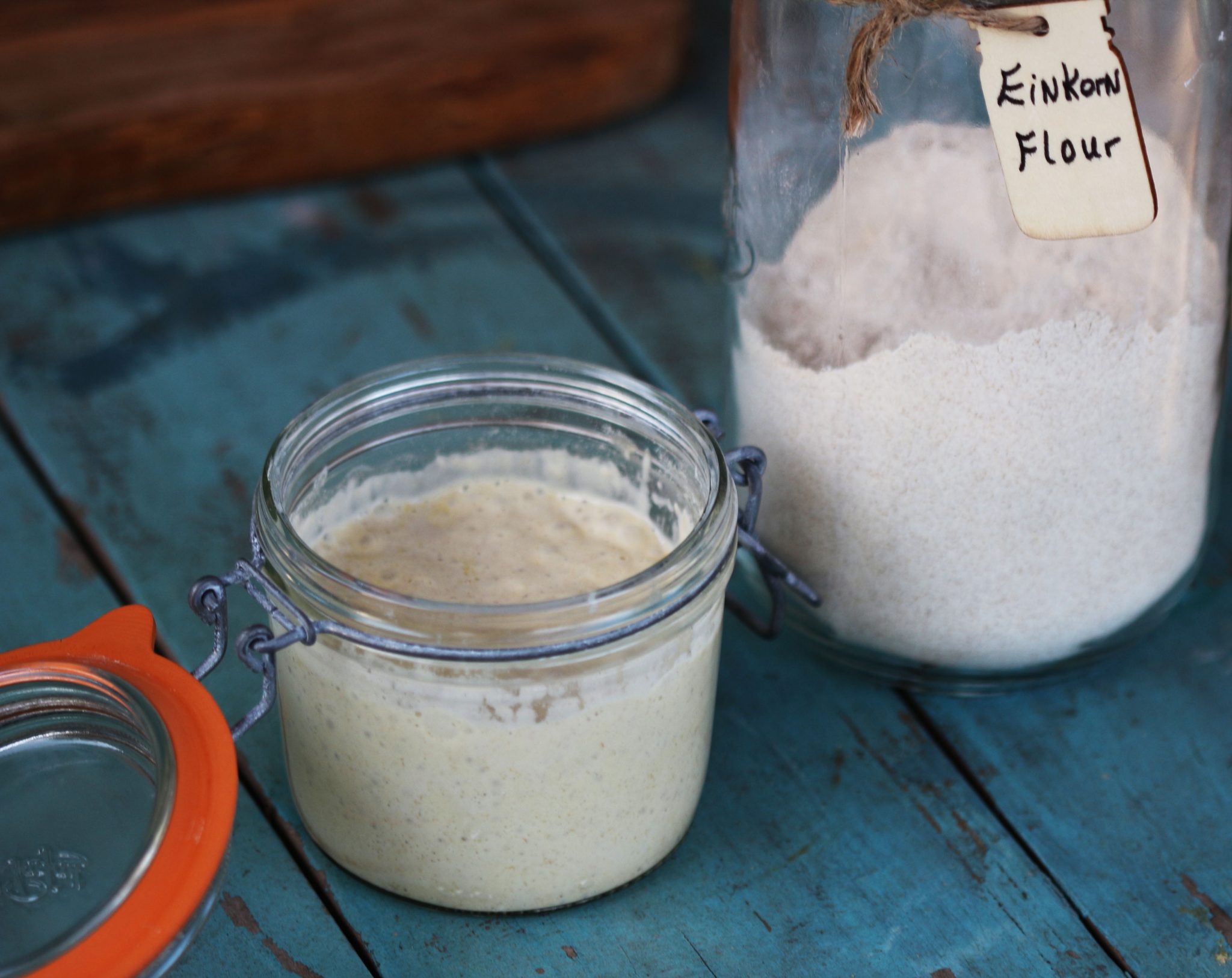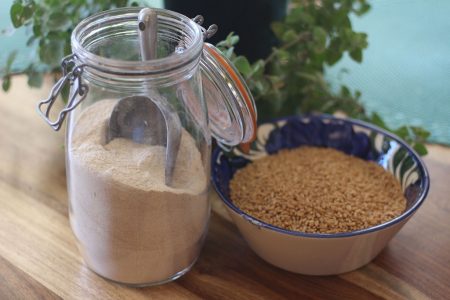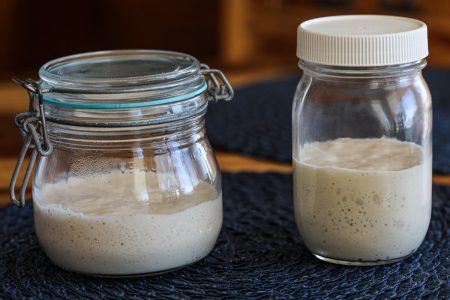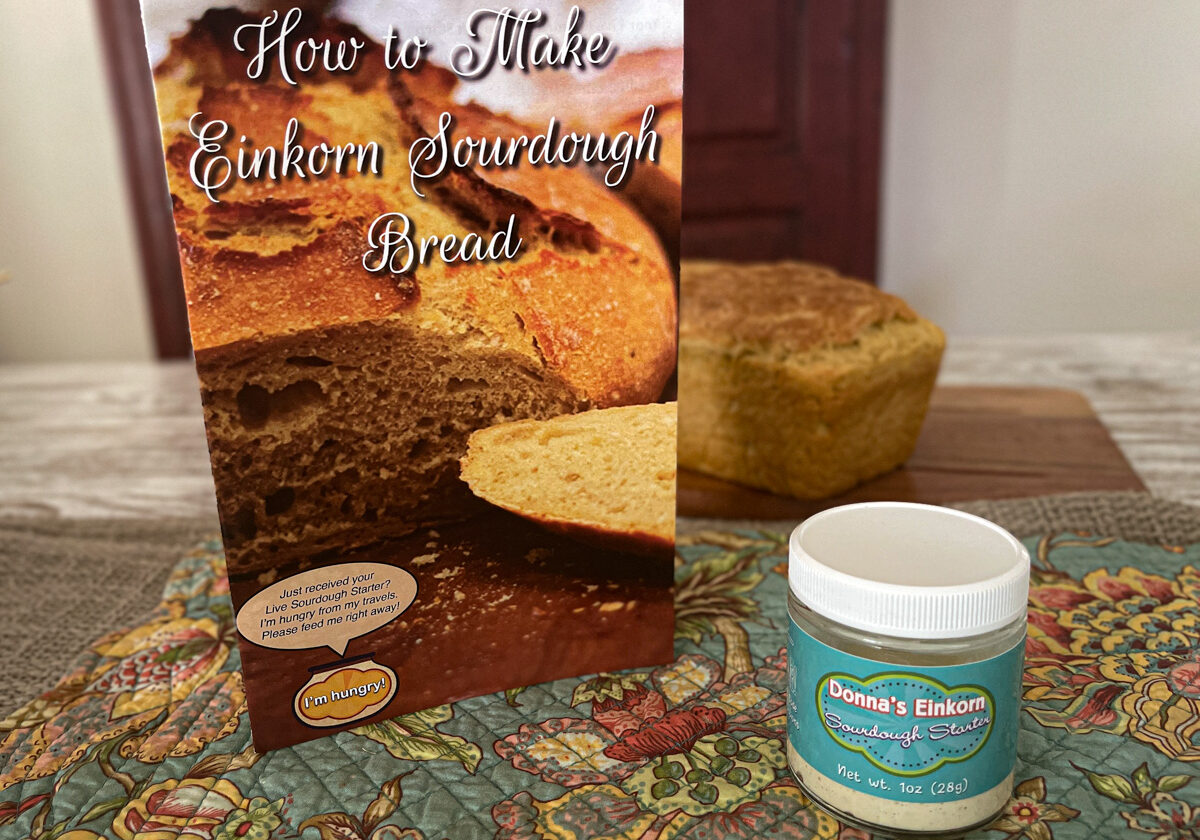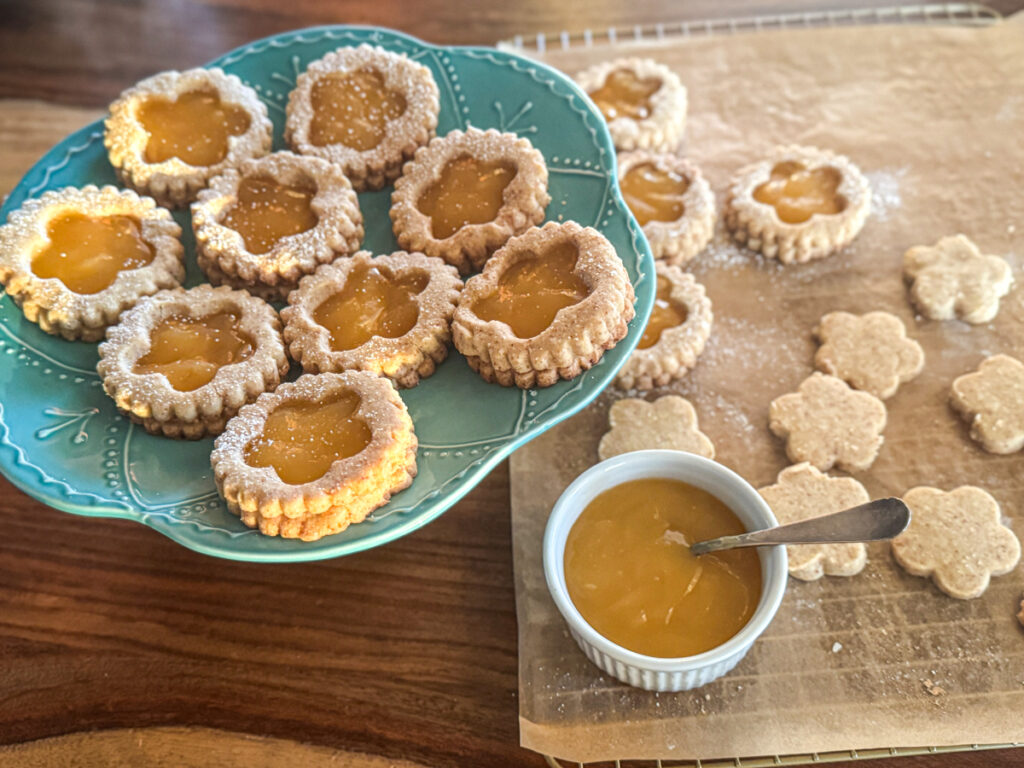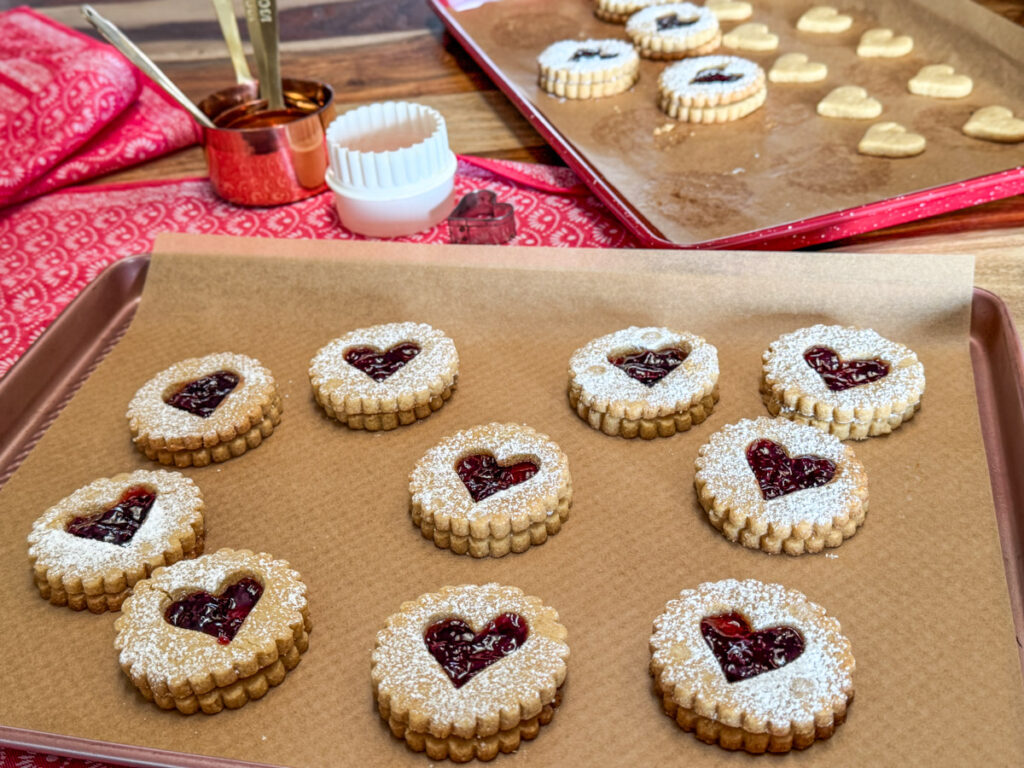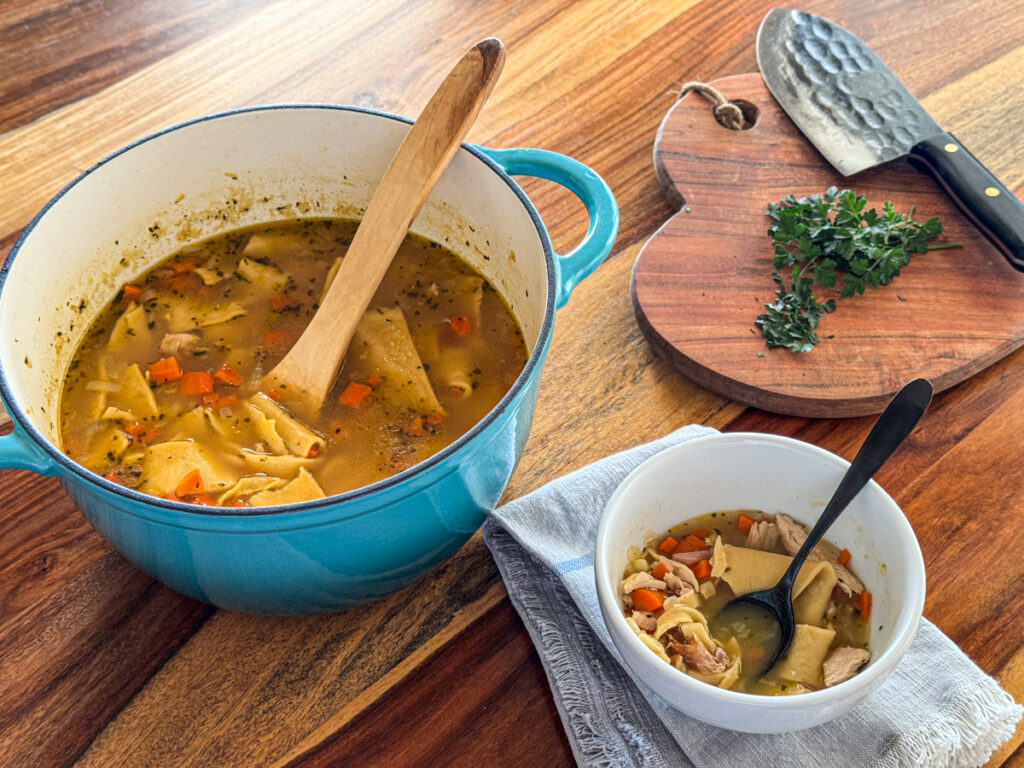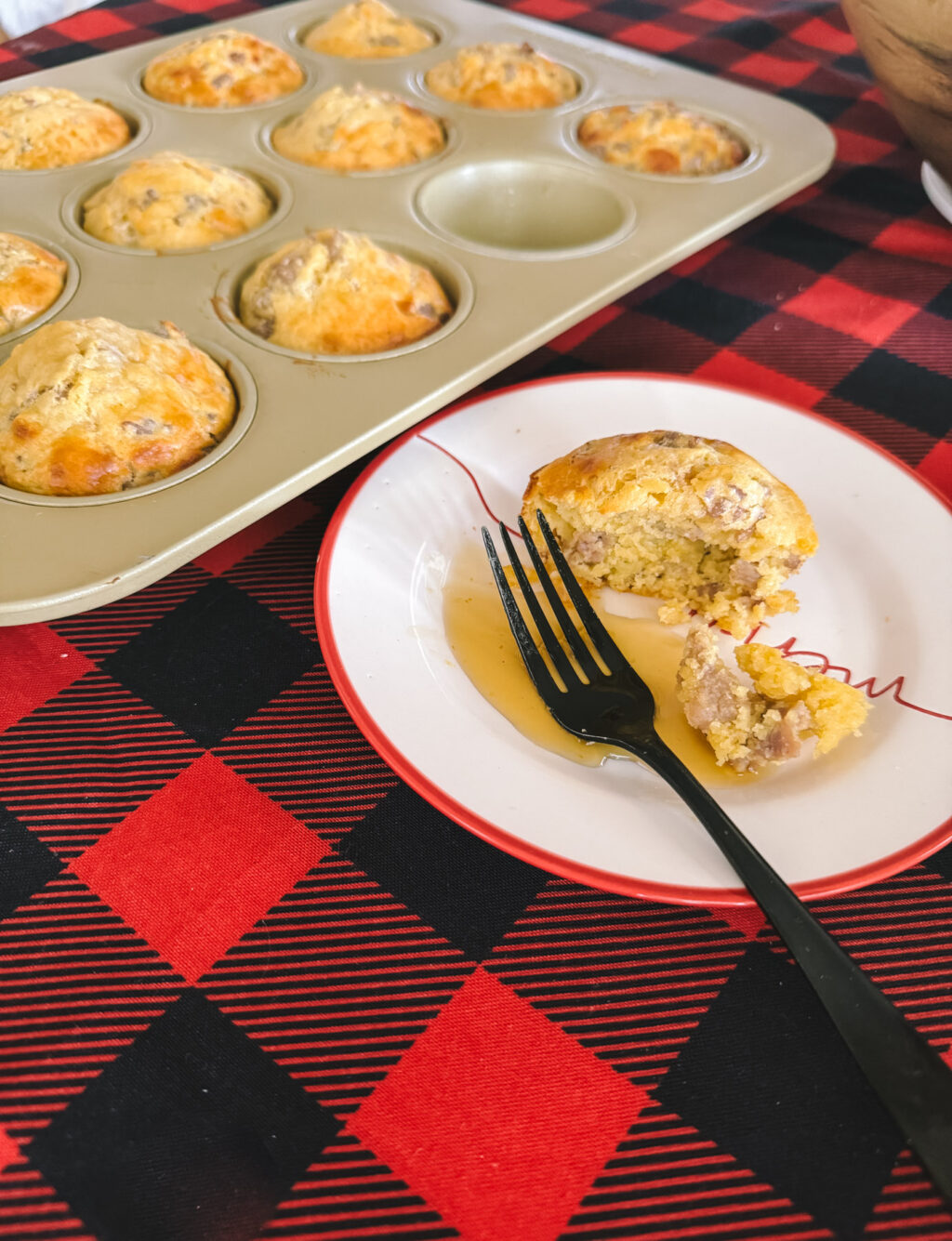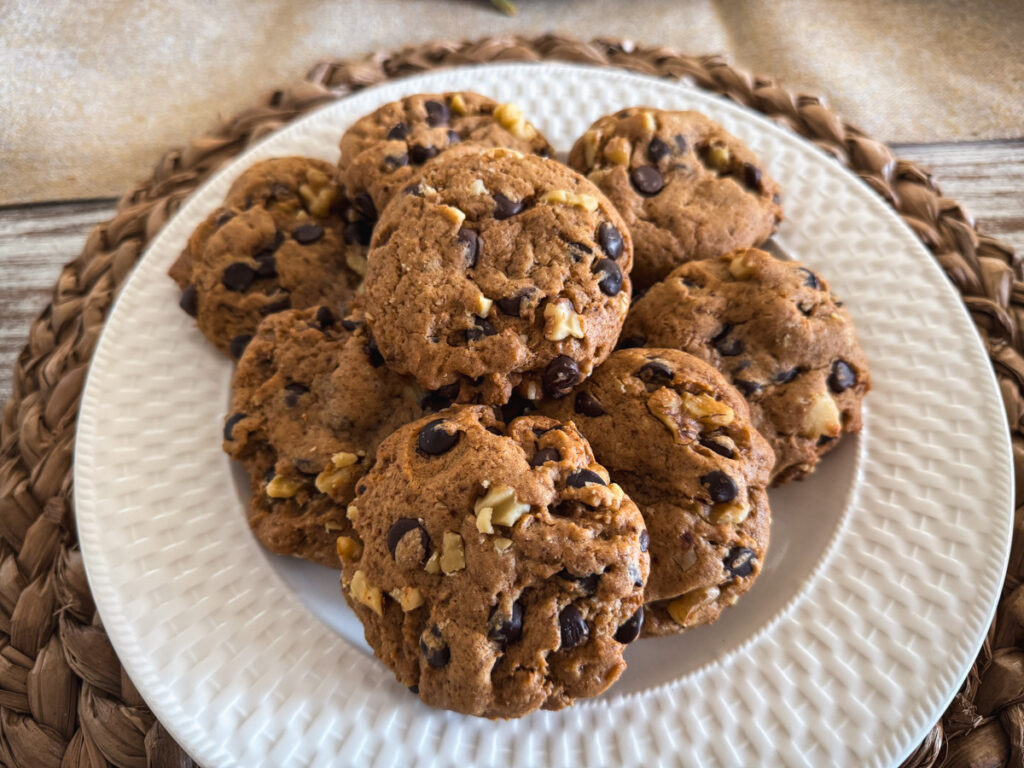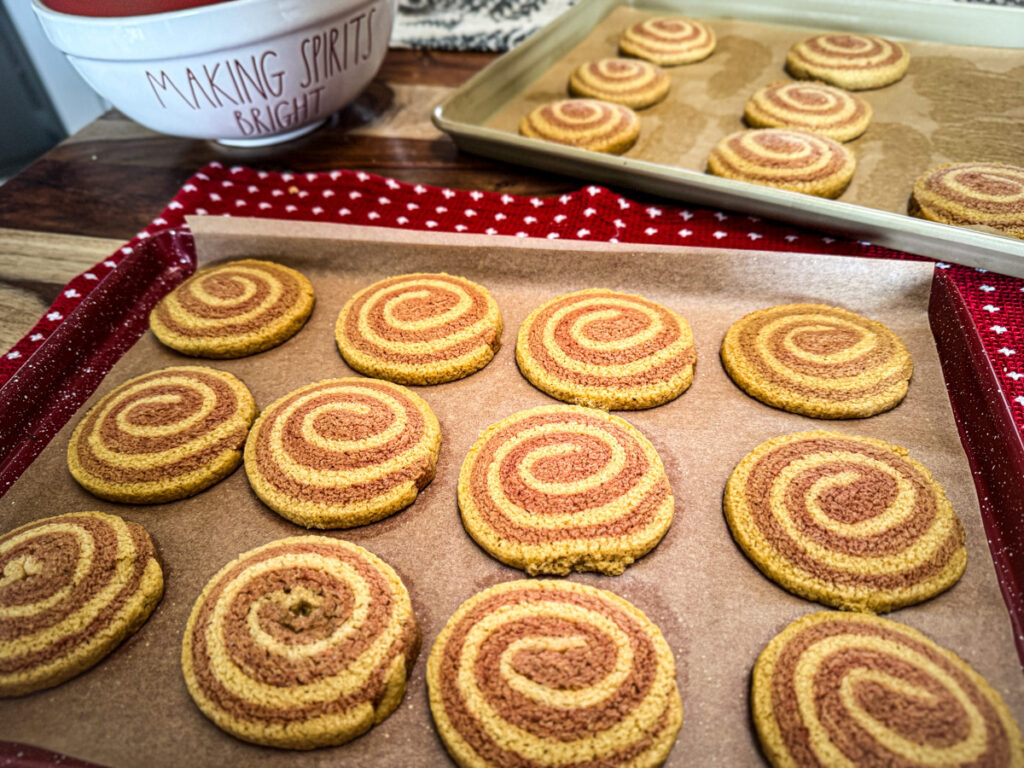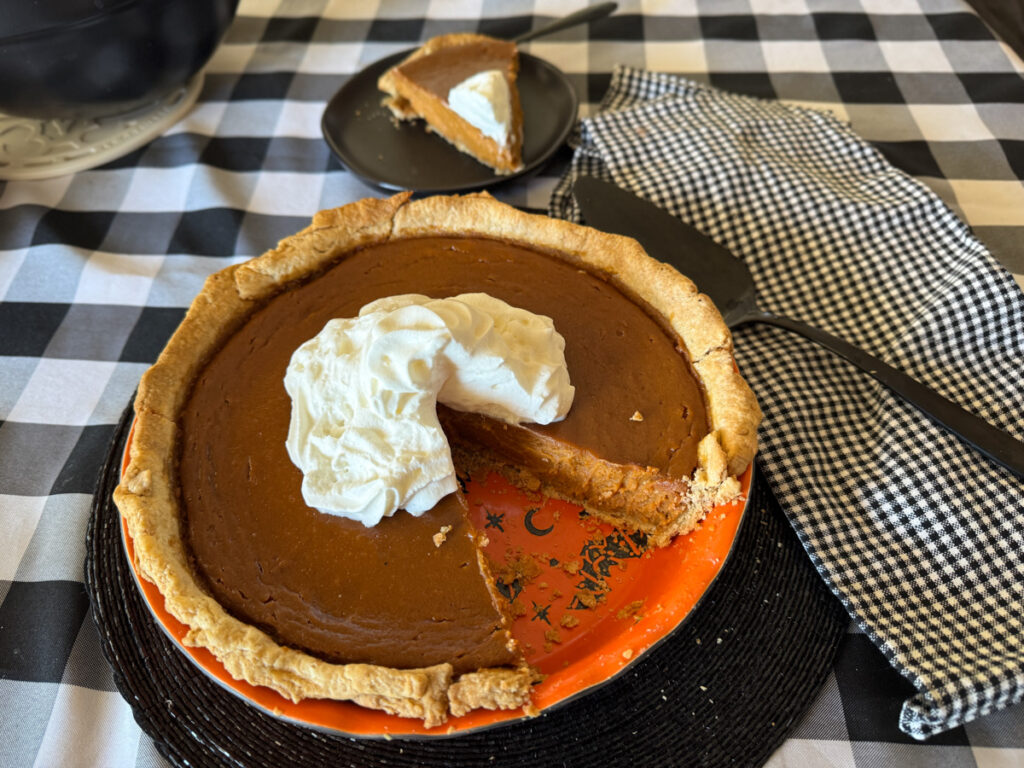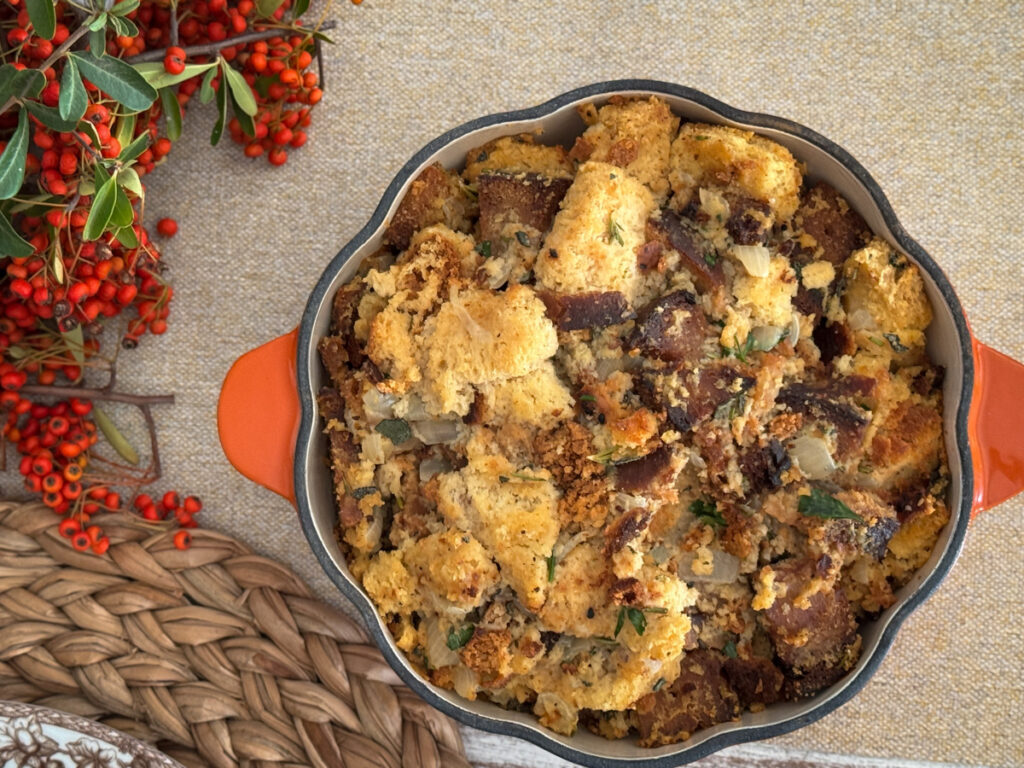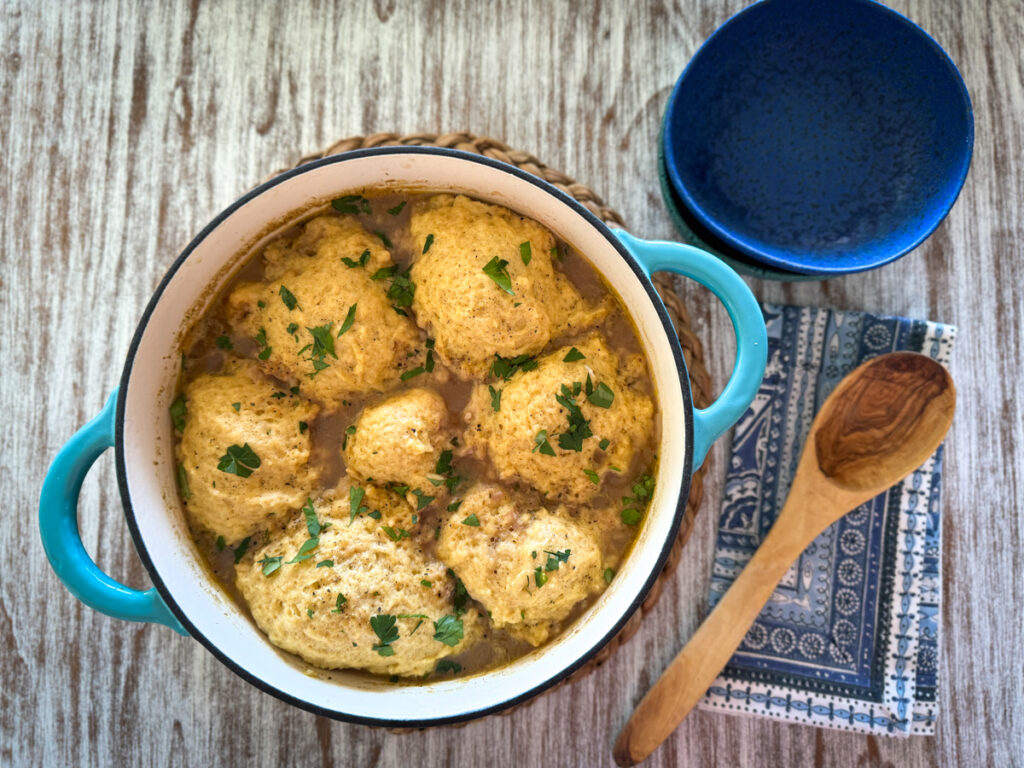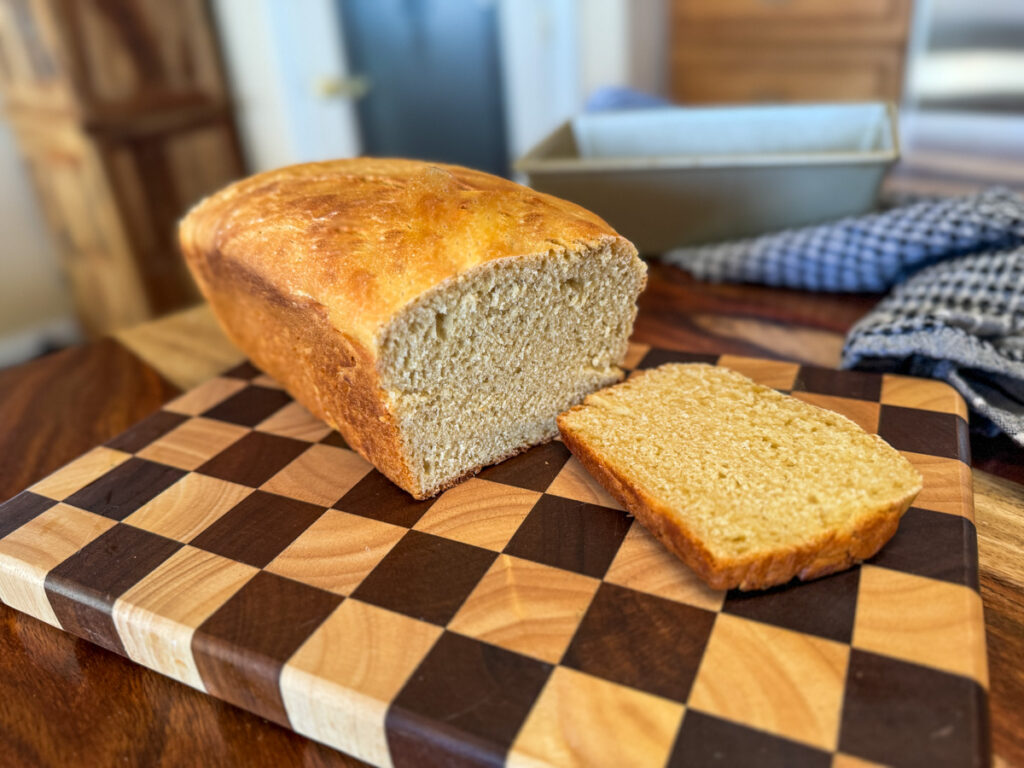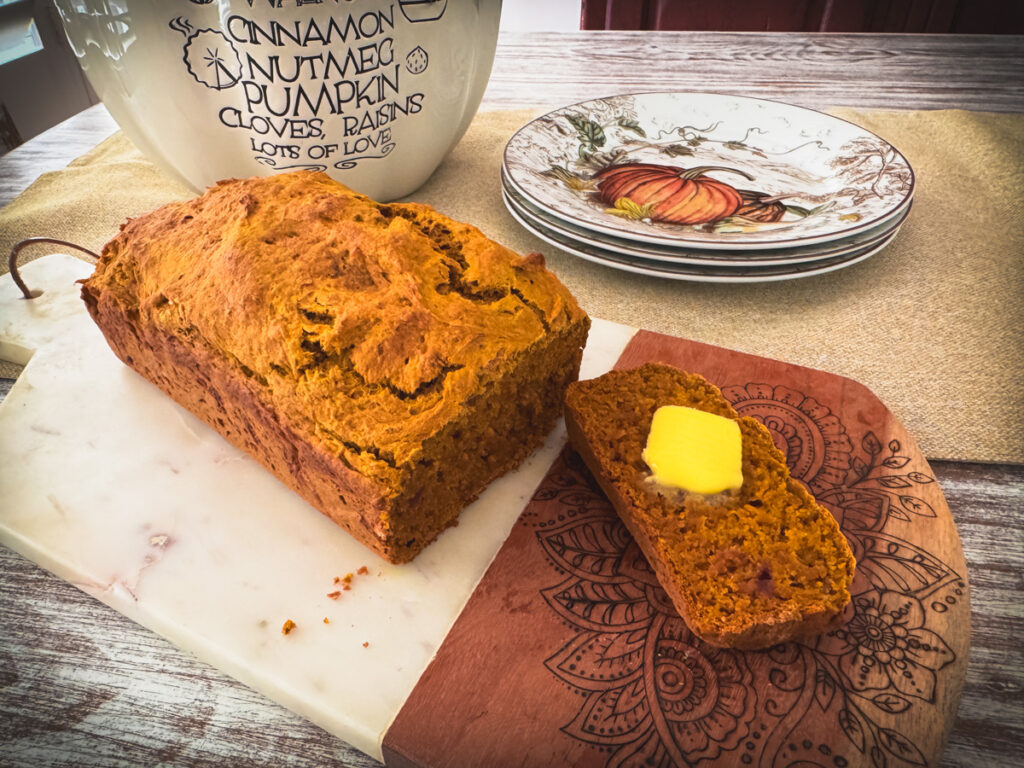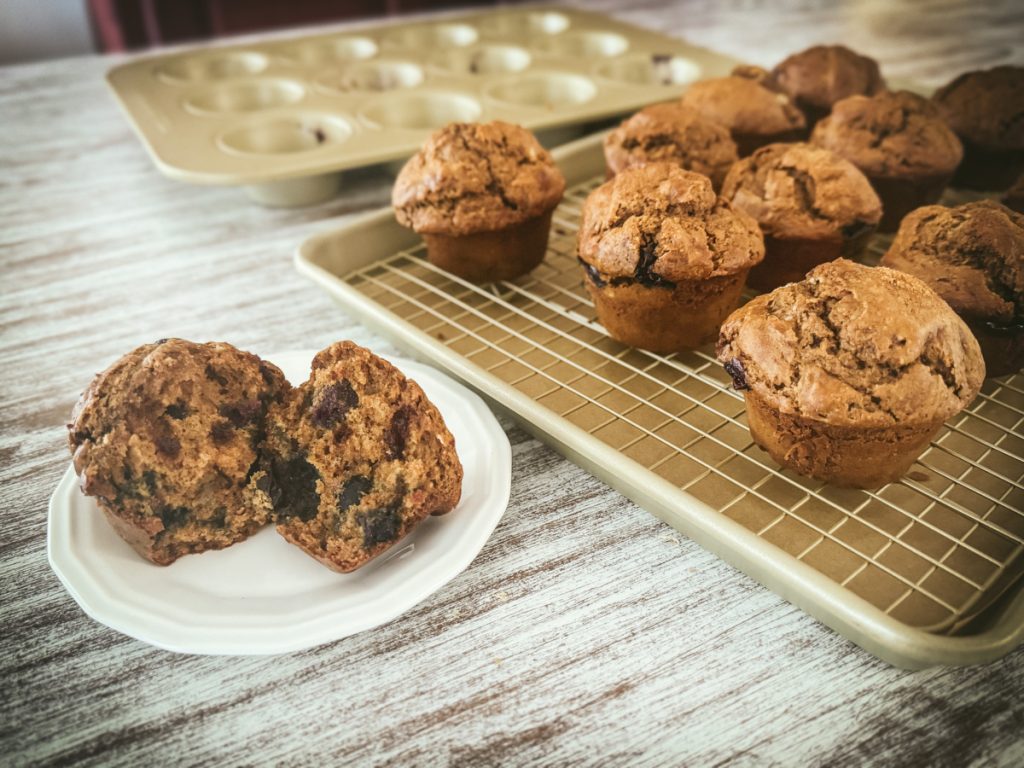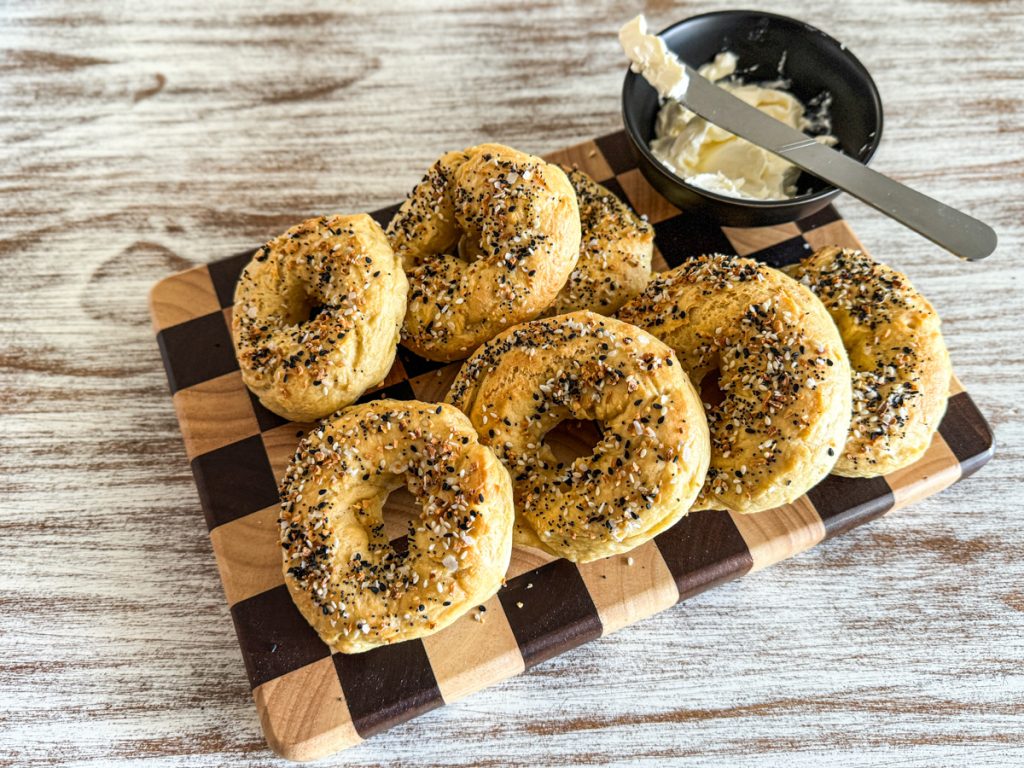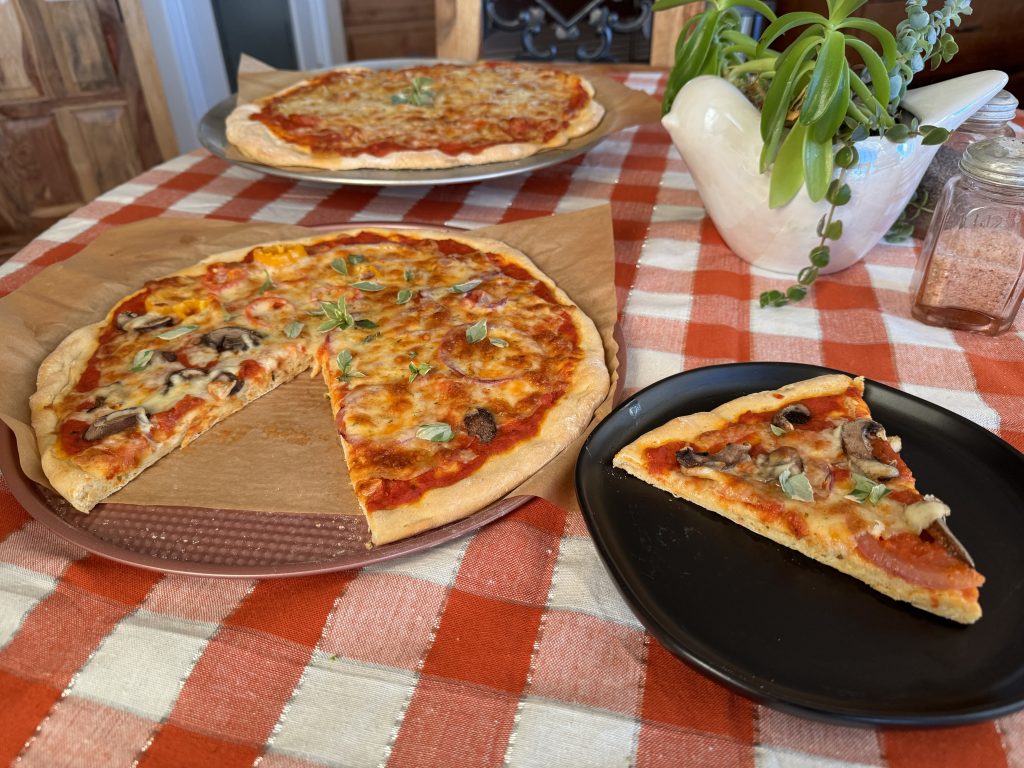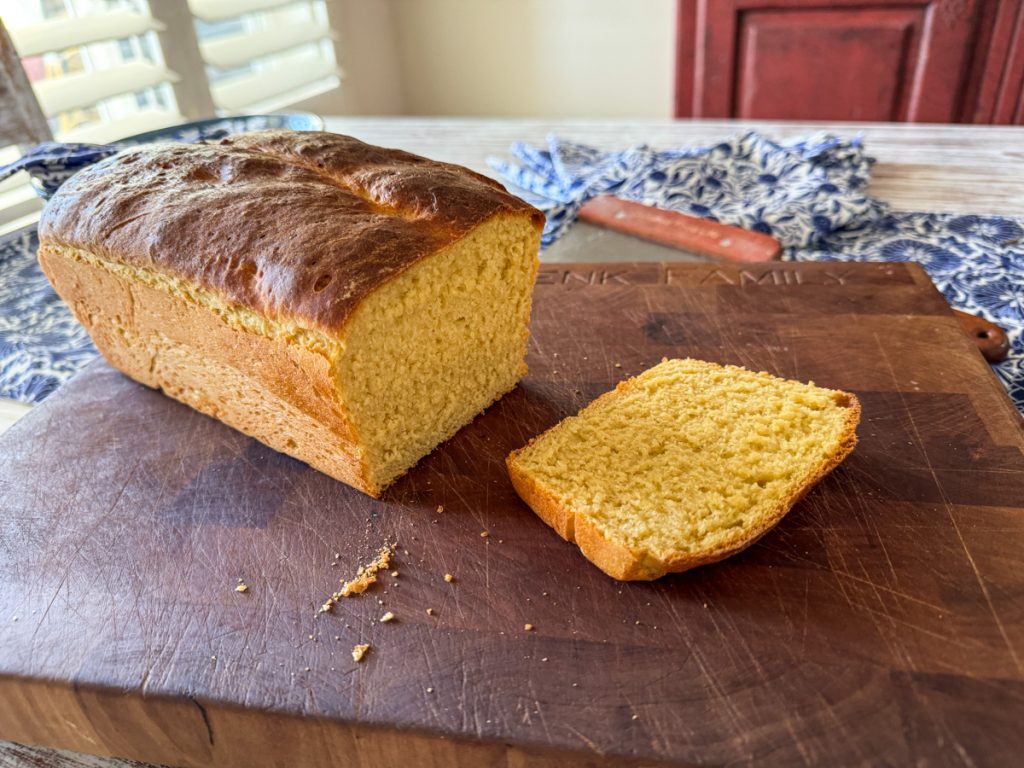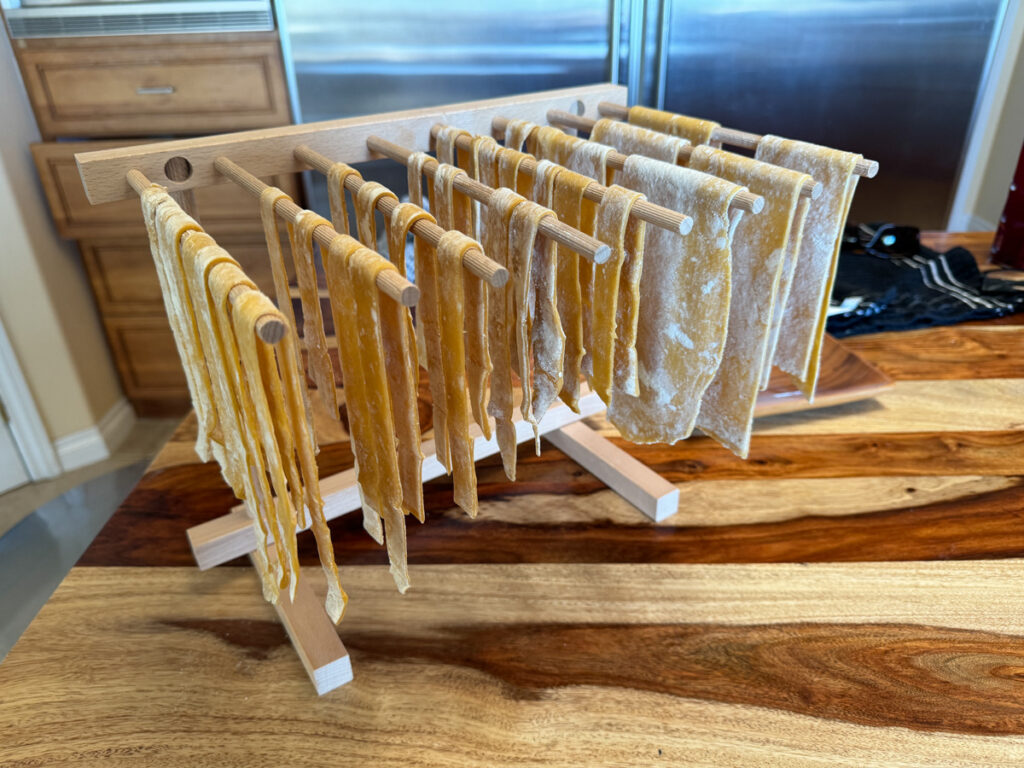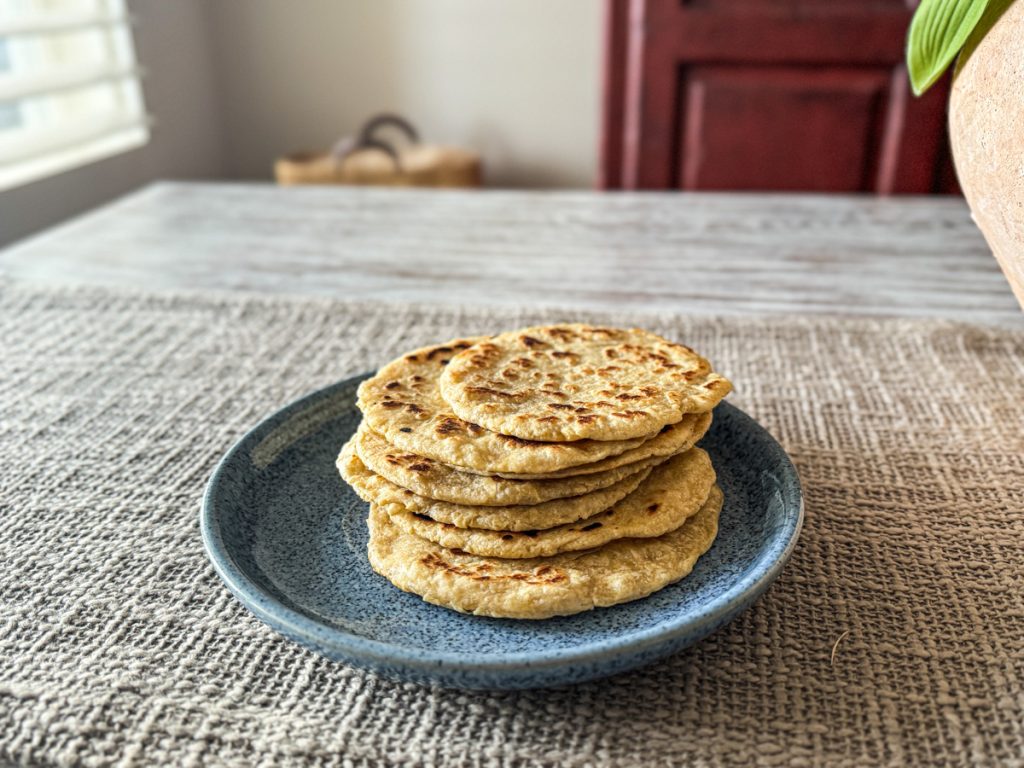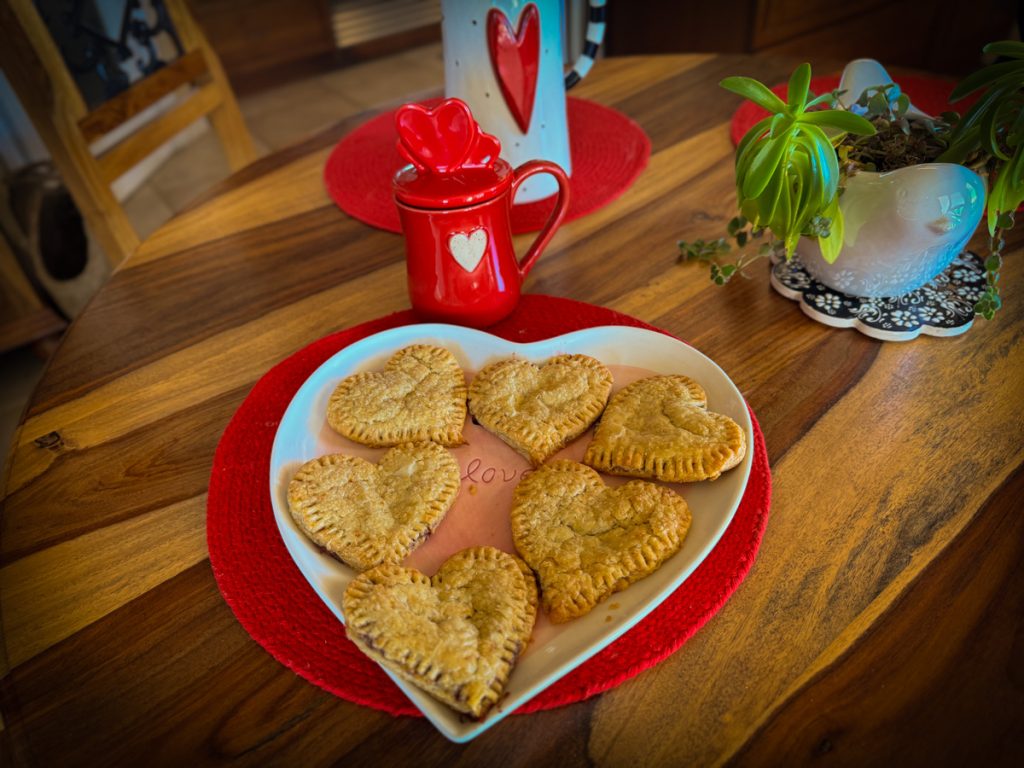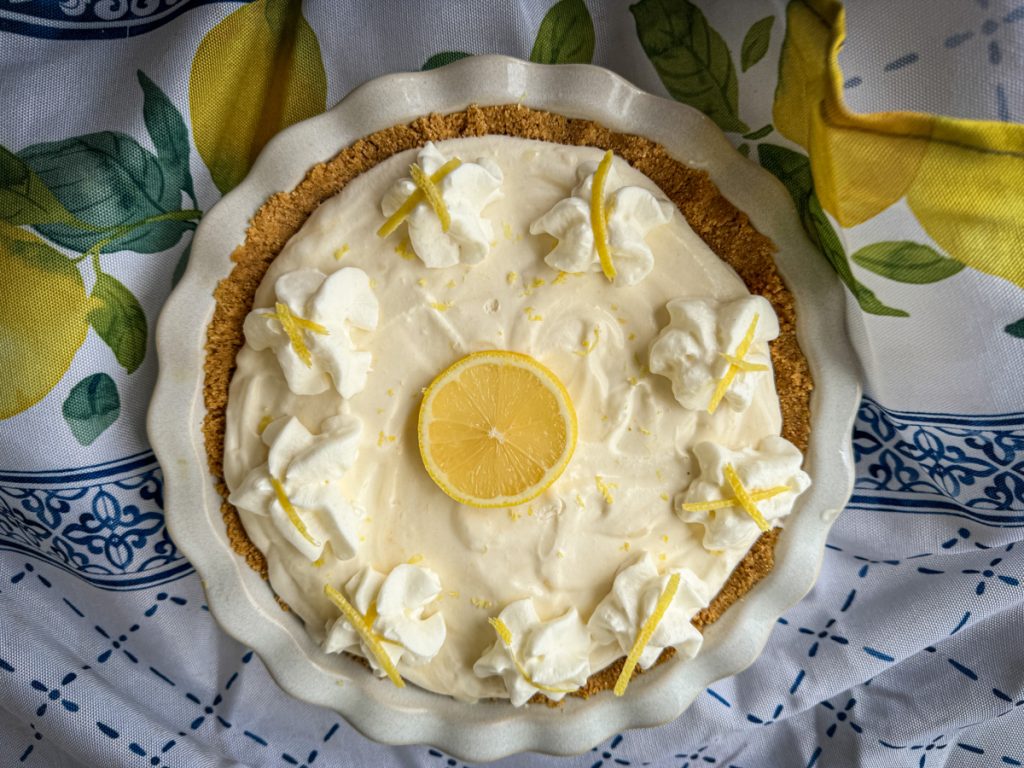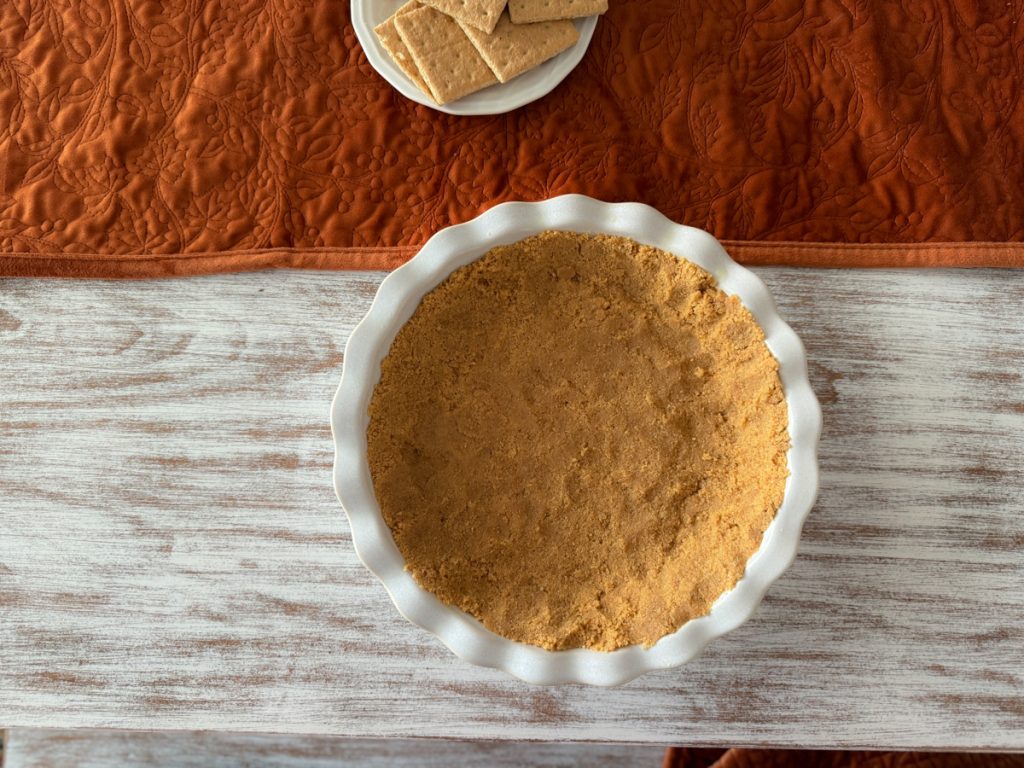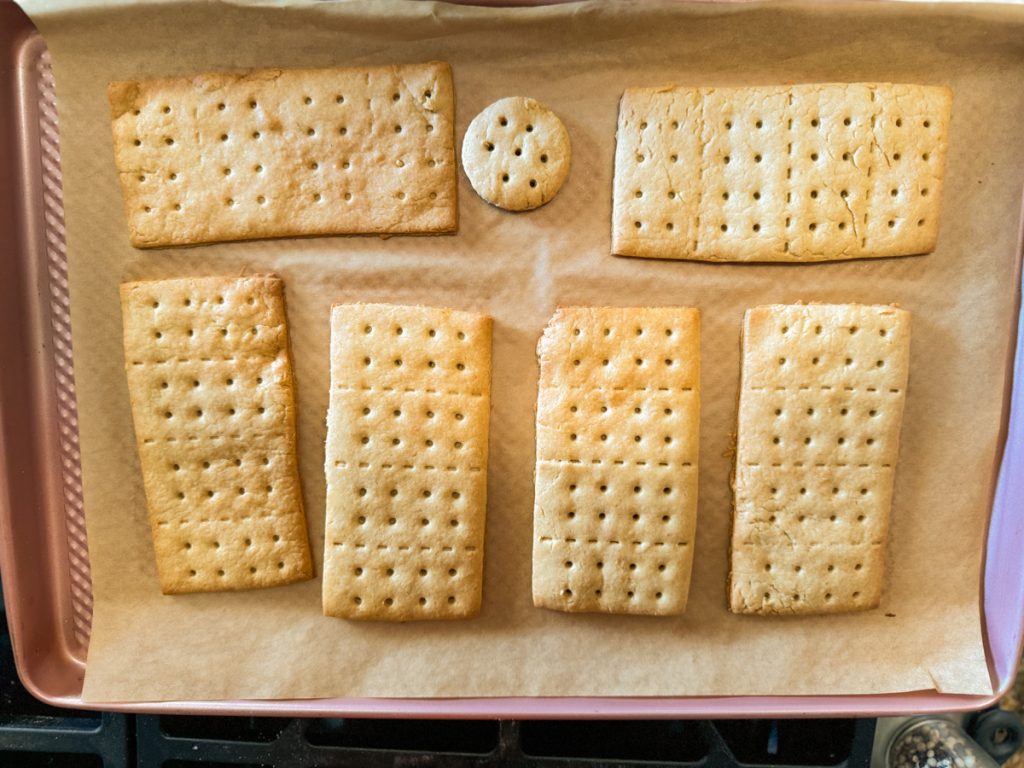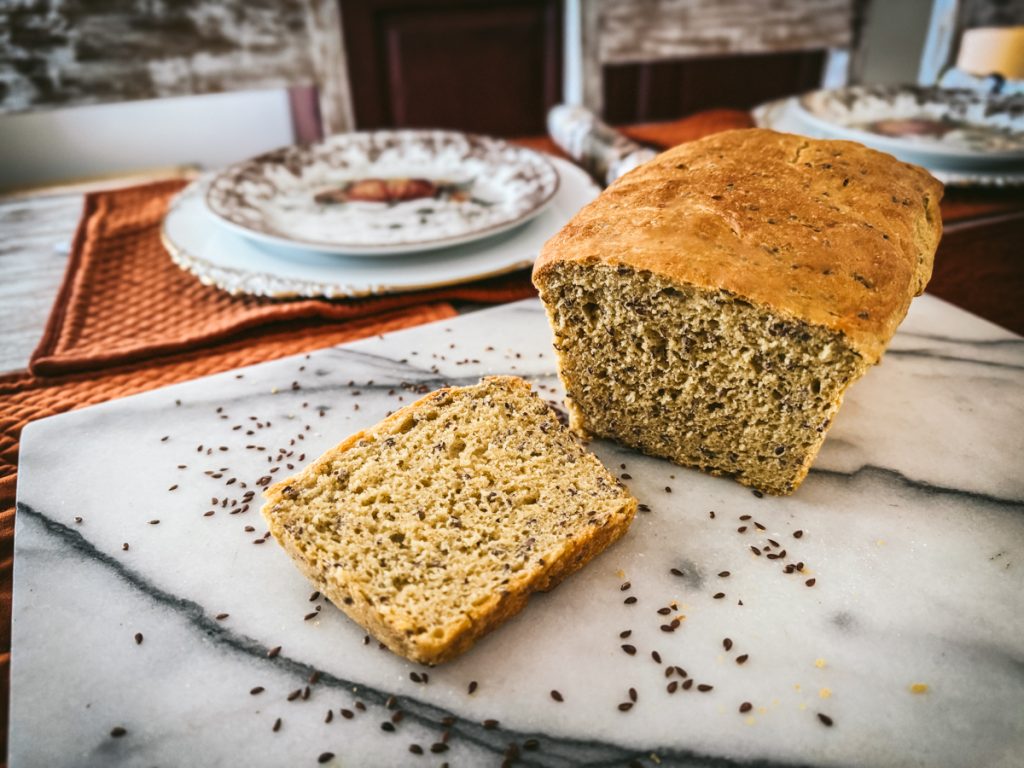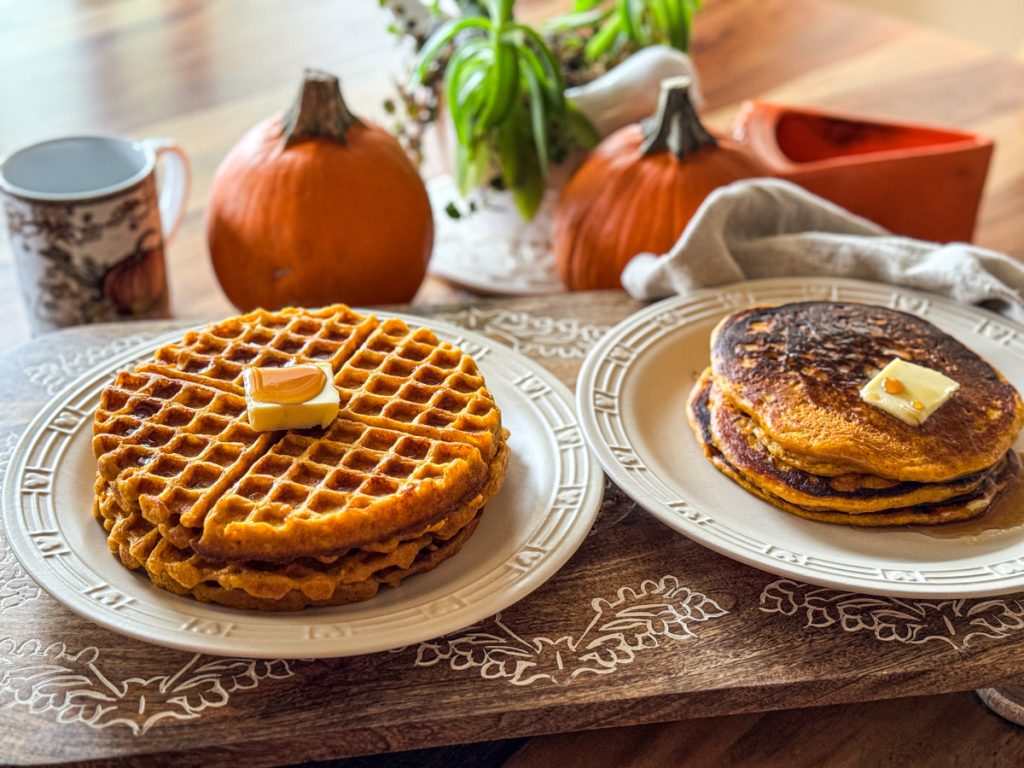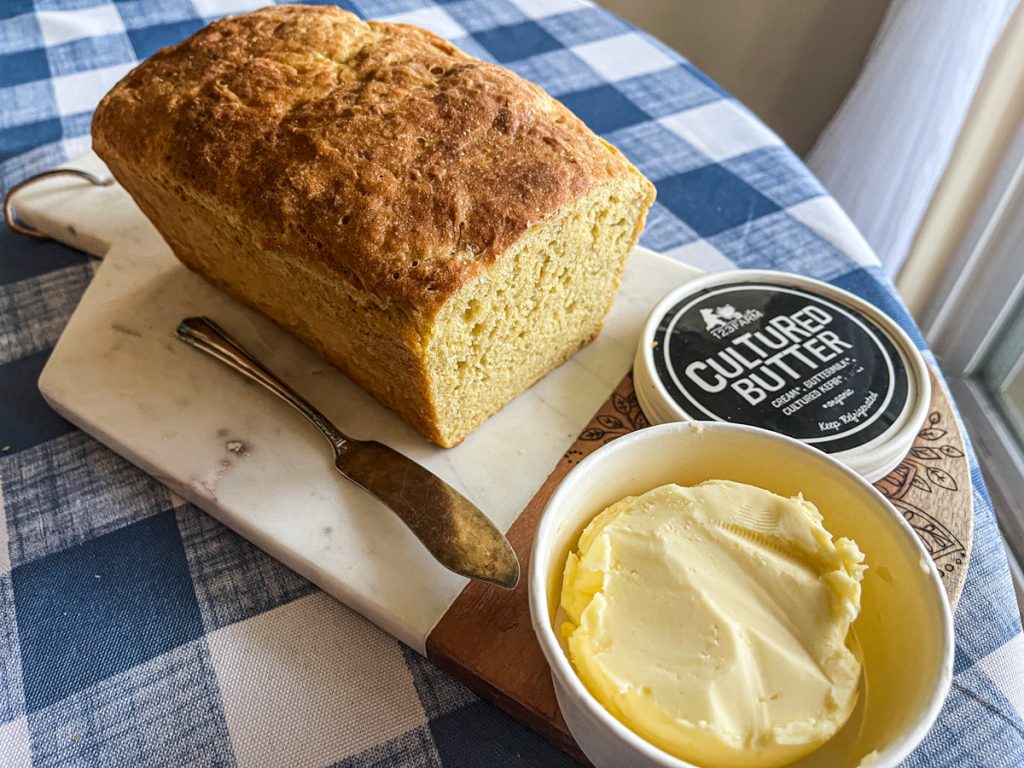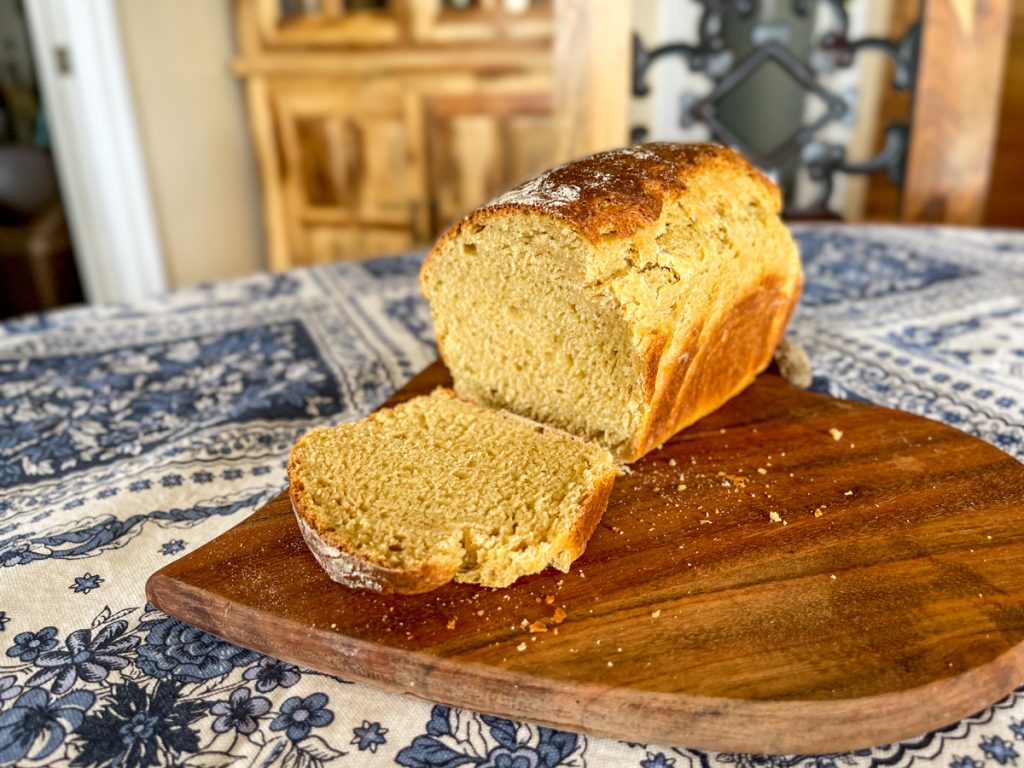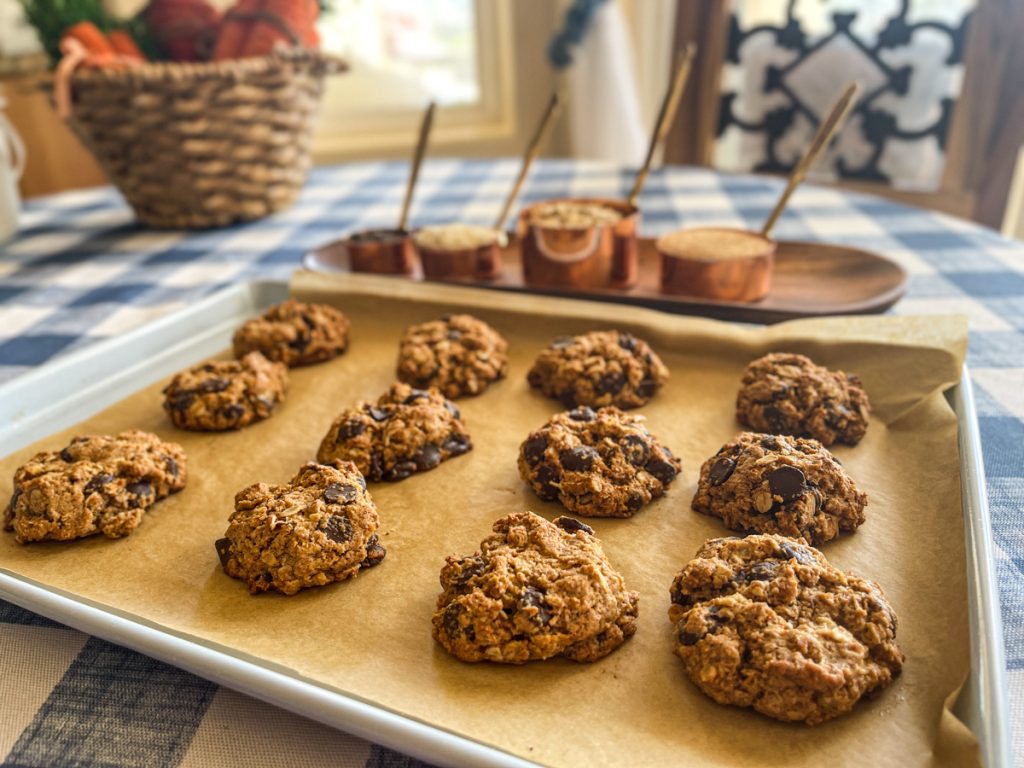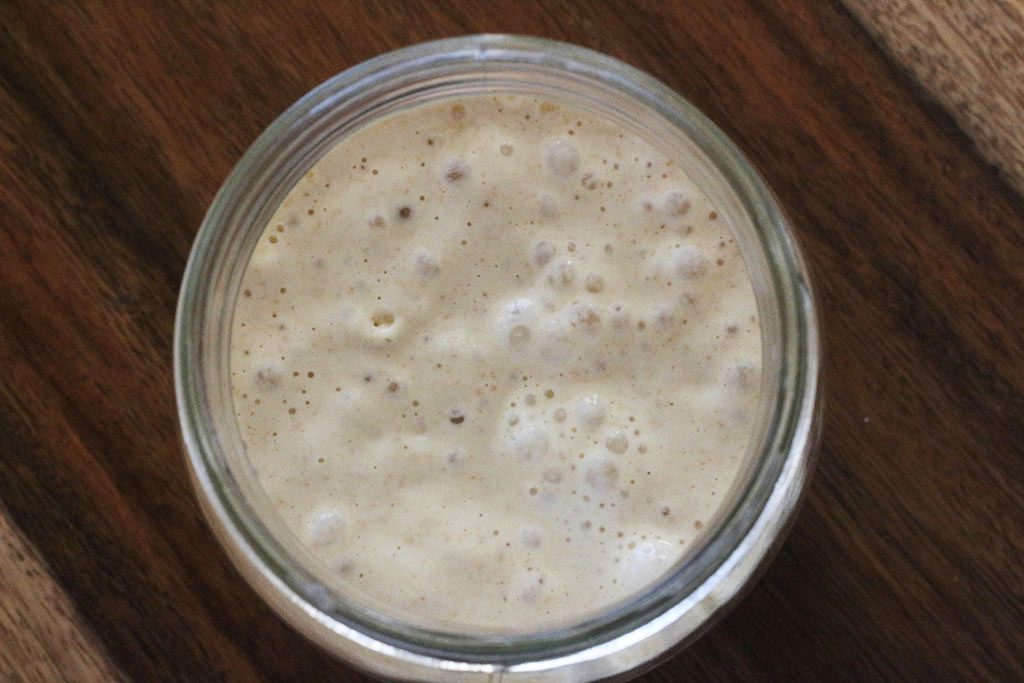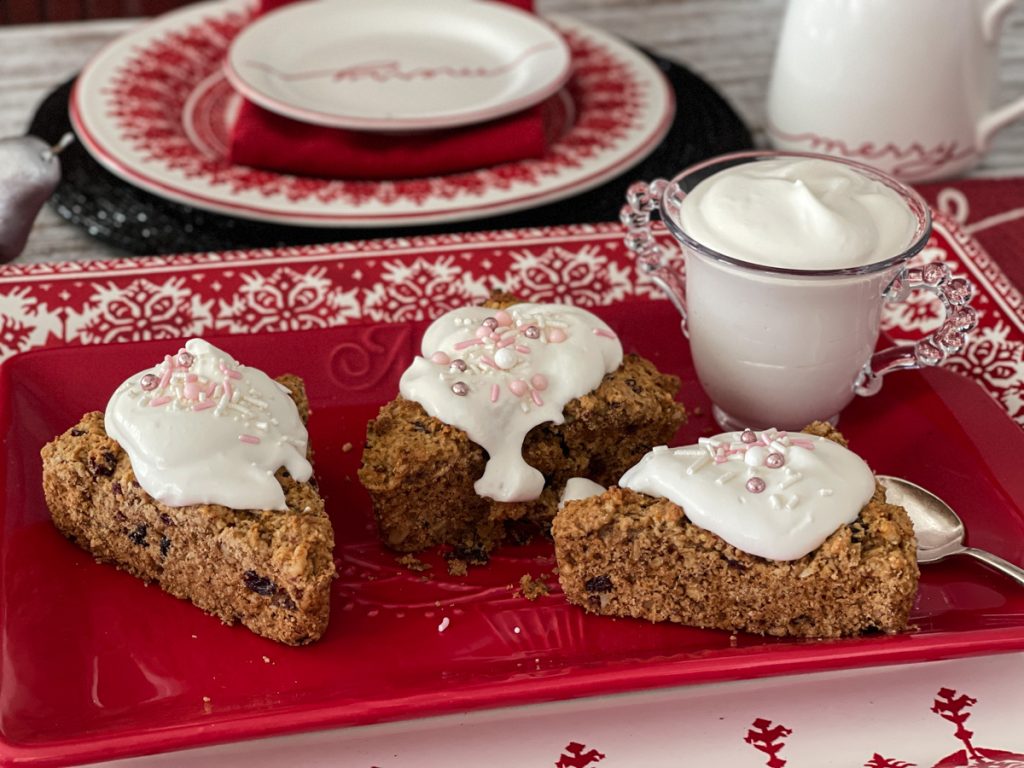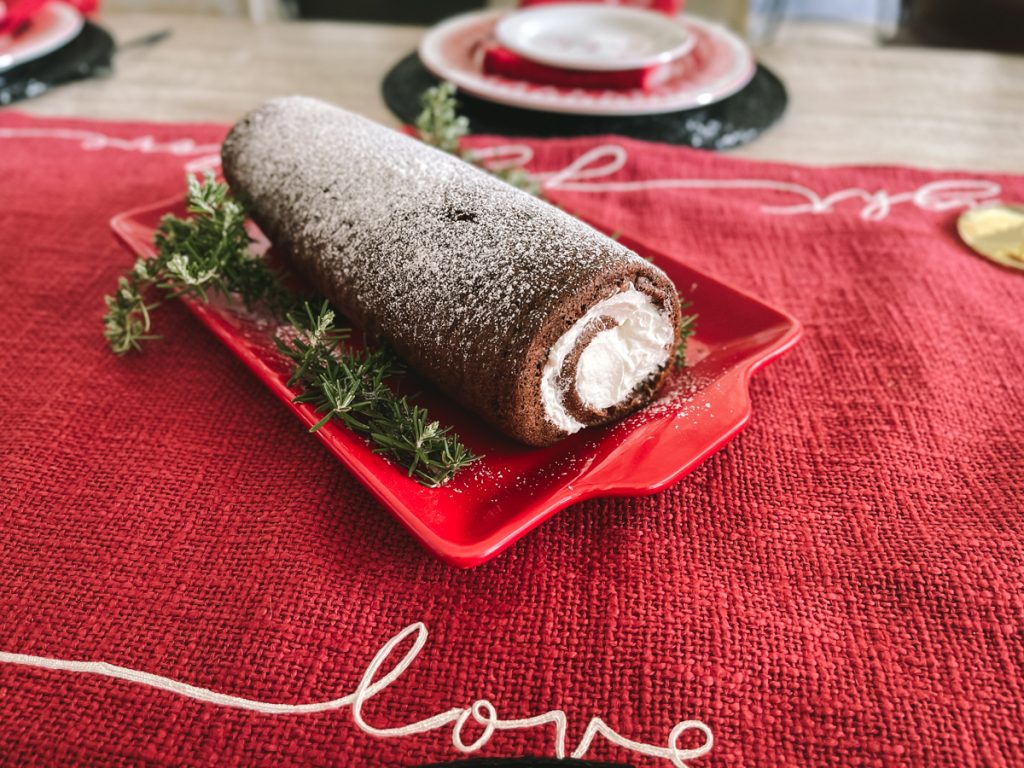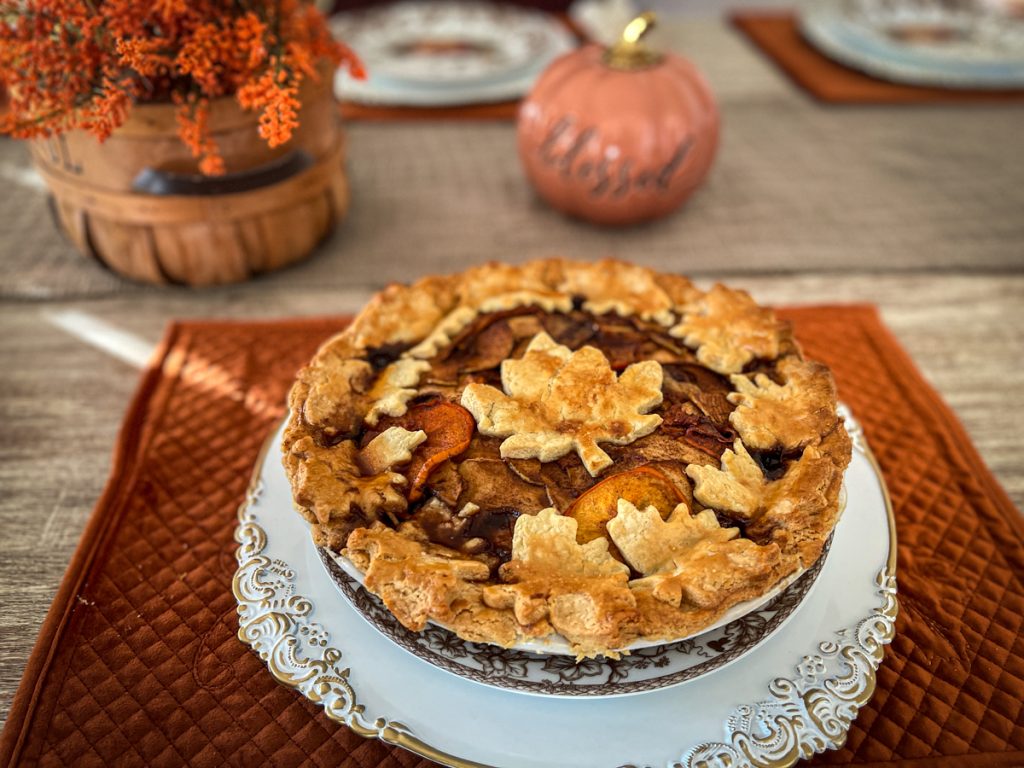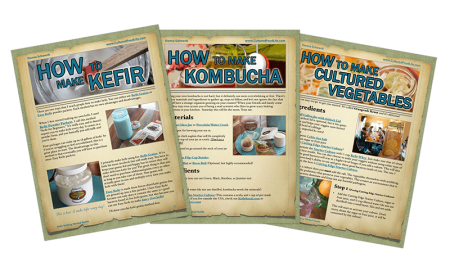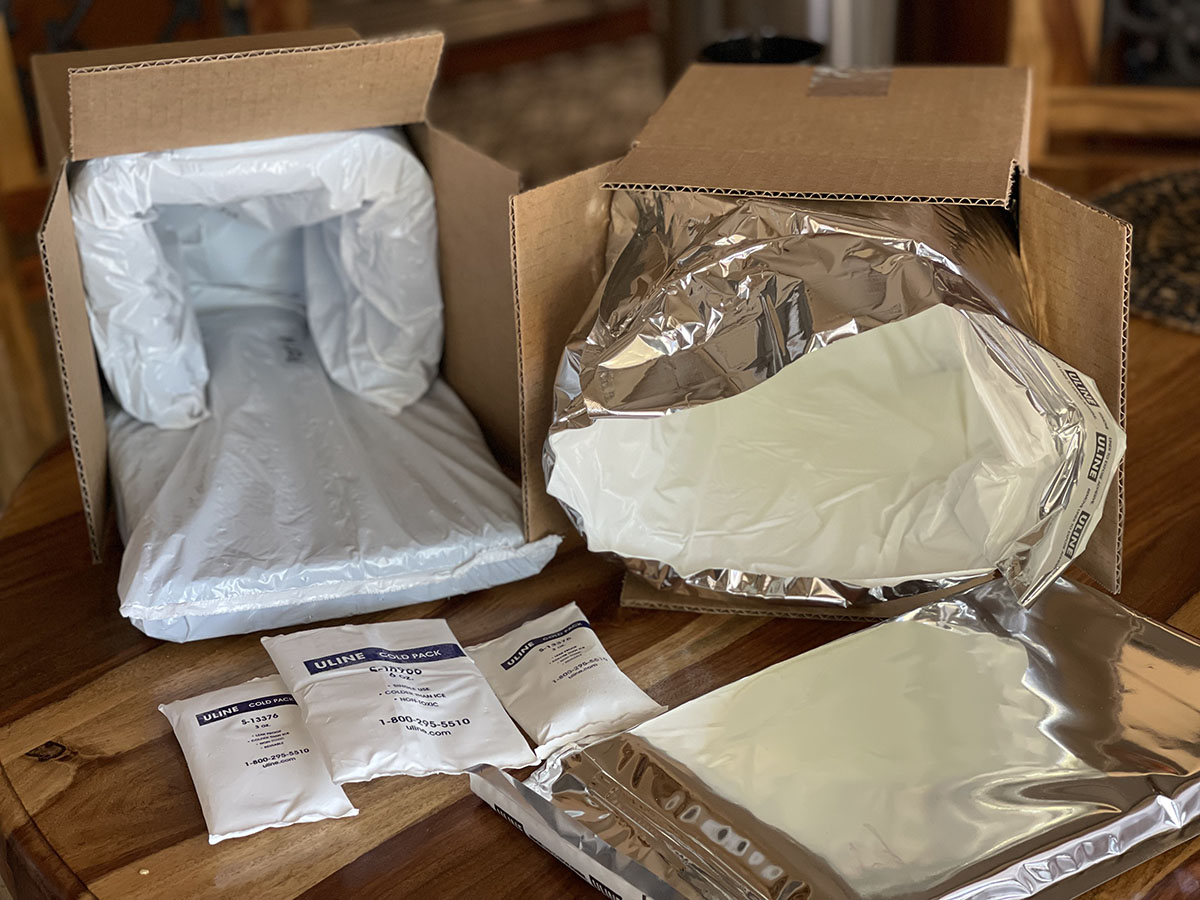
How to Care For Your Einkorn Sourdough Starter
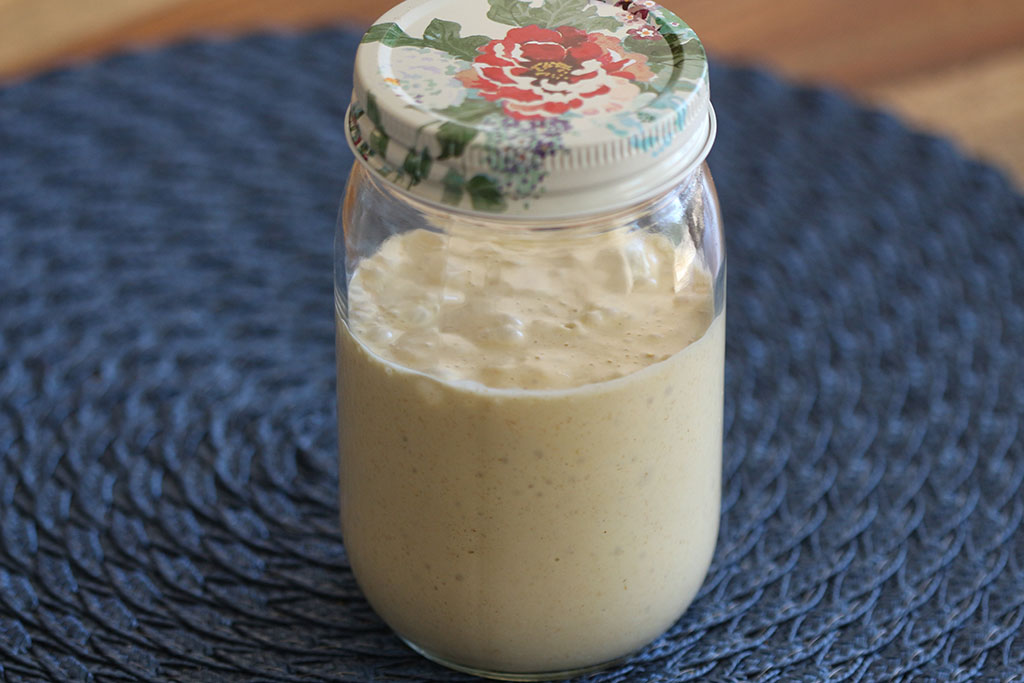
I have been using einkorn flour for everything these days. I really love all the benefits and the wonderful taste that it imparts. It's also very versatile and it's one of the only pastas I buy and use on a regular basis. I highly recommend using einkorn if you struggle with regular wheat. It is a much better choice for those who struggle with wheat and have blood sugar problems. Einkorn works like a prebiotic in the gut and creates short-chain fatty acids that we all need to stay healthy. Einkorn has 50% less phytic acid than regular wheat. Phytic acid inhibits the absorption of nutrients and can even lead to nutrient deficiencies. Einkorn is loaded with nutrients. One hundred grams of einkorn contains 26-28% of the necessary magnesium you need in a day, and it also has 38% of the RDV for vitamin B6. It even has vitamin A which is why it has a slightly orange color.
Feeding your starter before making bread
The secret to good einkorn sourdough bread is in the bubbly sourdough starter. (You can buy my live starter here.) You must feed your starter before making bread and this takes a little time, 4-6 hours or until it is bubbly. It depends on the temperature in your home and the strength of your starter. You need your starter to be bubbly so it is active and will rise the bread.
Feeding Starter Before Baking
1. Take the starter out of the fridge and measure out 2 teaspoons (10 grams) of the starter.
2. Add ¼ cup (59 grams) of water.
3. Add ½ cup (60 grams) of All-Purpose Einkorn Flour OR ½ cup (48 grams) of Whole Wheat Einkorn Flour. Mix well. Einkorn flour absorbs water more slowly, so it will get wetter over time as it ferments.
4. Leave it on your counter for 3-4 hours (or longer) until bubbly.
5. Once it’s bubbly, it is ready to make bread! (Measure out the amount of starter and use it in the recipe. The remaining starter is what you will use for your next batch. Add ¼ cup water and ½ cup of flour to the starter, mix well, then put it in your fridge with a lid until you are ready to make more bread.
Always feed the starter at least 3-4 hours before you make your bread. This all depends on the temperature in your home. The warmer it is, the sooner it will rise and be bubbly. Once your starter begins getting bubbly and rising in the jar it's ready to go.
Make sure that you have been feeding the starter at least once a week if you have been keeping it in the fridge. If you haven't been feeding your starter this often, then feed it several times a day, until it's bubbly again.
Feeding Your New Starter
Feeding your starter for the first time
- Add 59 grams (¼ cup) of lukewarm water (80°F) to the starter jar, and stir to partially dissolve the starter and loosen it from the jar. Pour the water/starter into a large jar.
- Add another 59 grams (¼ cup) of lukewarm water to the jar.
- Add ½ cup (60 grams) of All-Purpose Einkorn Flour OR ½ cup (48 grams) of Whole Wheat Einkorn Flour. Mix well.
- Stir until well combined and seal with a lid. You should now have a little more than 1 cup of starter.
- Let it sit on your counter for 3-4 hours (if your home is between 70°-75° F.) If your home is colder (below 70°F.), let it ferment longer. When it gets bubbly on top and on the sides of the jar, it’s ready to use. If it does not appear bubbly after this time and measure out a spoonful of the starter and discard the rest. Feed the starter another ½ cup of flour and ½ cup of water. Let it sit another 3-4 hours (or longer) on your counter and see if it gets bubbly.
- Once it’s bubbly, it is ready to make bread! (Measure out the amount of starter and use it in the recipe. The remaining starter is what you will use for your next batch. Add ¼ cup water and ½ cup of flour to the starter, mix well, then put it in your fridge with a lid until you are ready to make more bread.
Types Of Flour To Feed Your Starter
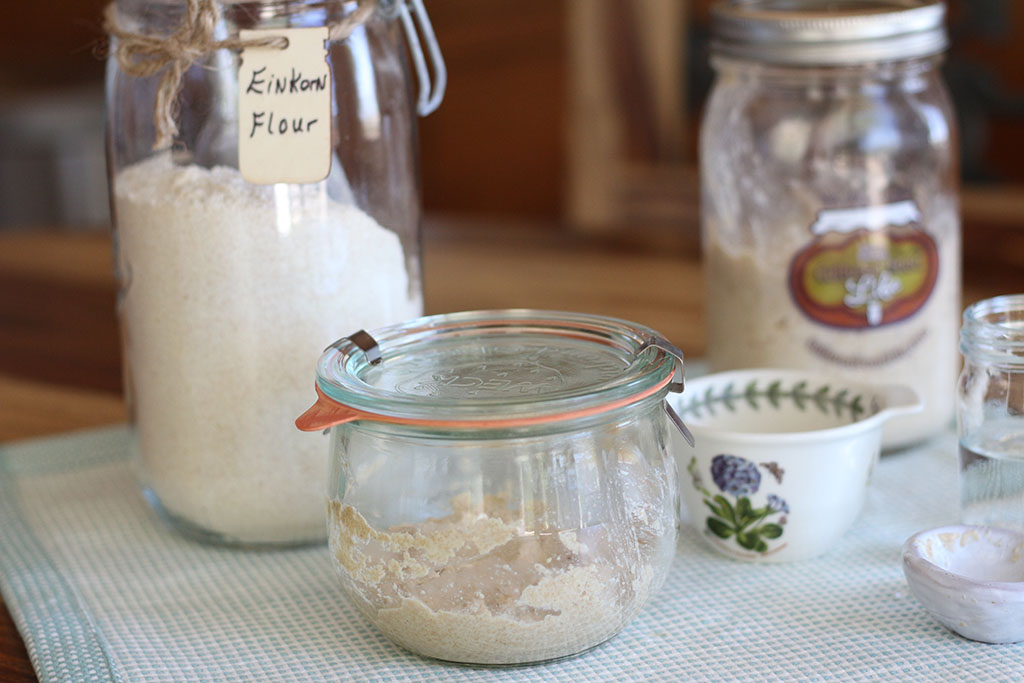
Where to Get Einkorn Flour
Many health food stores are now carrying einkorn flour along with pasta and crackers too. Online versions are also available.
Water And Salt To Use In Sourdough Bread
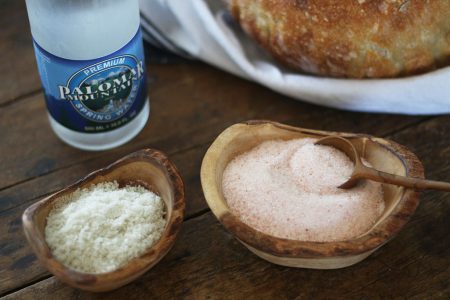
My two favorite salts to use are finely ground Celtic Sea Salt, or Himalayan Salt is wonderful too. I think salt with minerals is important, but almost any salt will work. I just think that since my body and my cultures love salts with minerals, I should give my bread the very best I can find.
Troubleshooting
Helping A Neglected Starter
If your sourdough starter has sat in the refrigerator for more than a week, you can usually revive it. You will probably have to feed it for 2-3 days on your counter (twice a day, morning and night) to get it up to snuff.
After feeding the starter several times a day, your starter should become strong and healthy. You should see bubbles everywhere, and it will have a nice aroma. Once this happens, it should be ready to make bread again. Or just put your starter back in the fridge and go back to feeding it once a week.
- Take the starter out of the fridge and measure out 2 teaspoons (10 grams) of the starter.
- Add ¼ cup (59 grams) of warm water.
- Add ½ cup (60 grams) of All-Purpose Einkorn Flour OR ½ cup (48 grams) of Whole Wheat Einkorn Flour. Mix well.
- Leave it on your counter for 3-4 hours (or longer) until bubbly.
- Do these steps again, making sure to remove some of the starter so you only have 2 teaspoons of starter. Too much starter makes it consume the nutrients too fast.
- After feeding the starter several times a day, your starter should become strong and healthy. You should see bubbles everywhere, and it will have a nice aroma. Once this happens, it should be ready to make bread again. Or just put your starter back in the fridge and go back to feeding it once a week.
The Hooch
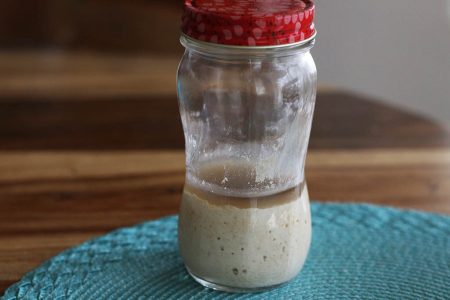
Feed it fresh flour and water and it should get back up to snuff.
Einkorn Sourdough Starters
Einkorn Recipes
Listen To My Podcast
I have been using einkorn flour for everything these days. I really love all the benefits and the wonderful taste that it imparts. It makes terrific sourdough bread and has so many health advantages I highly recommend giving it a try. Tune in to learn more.
References I talked about:
Are you on the list?
Sign up today and I'll send you my free Getting Started Guide!
Each week I'll send you updates, tips, recipes, and more! You might even be a winner of my weekly giveaway! (starter cultures, memberships, and more!)
Come be a part of my cultured food family!

